Wife killer Chris Dawson to appear in court in desperate bid for freedom
Chris Dawson will return to a Sydney courtroom on Monday in a desperate attempt to be freed from jail after being convicted of his wife’s infamous cold case murder.
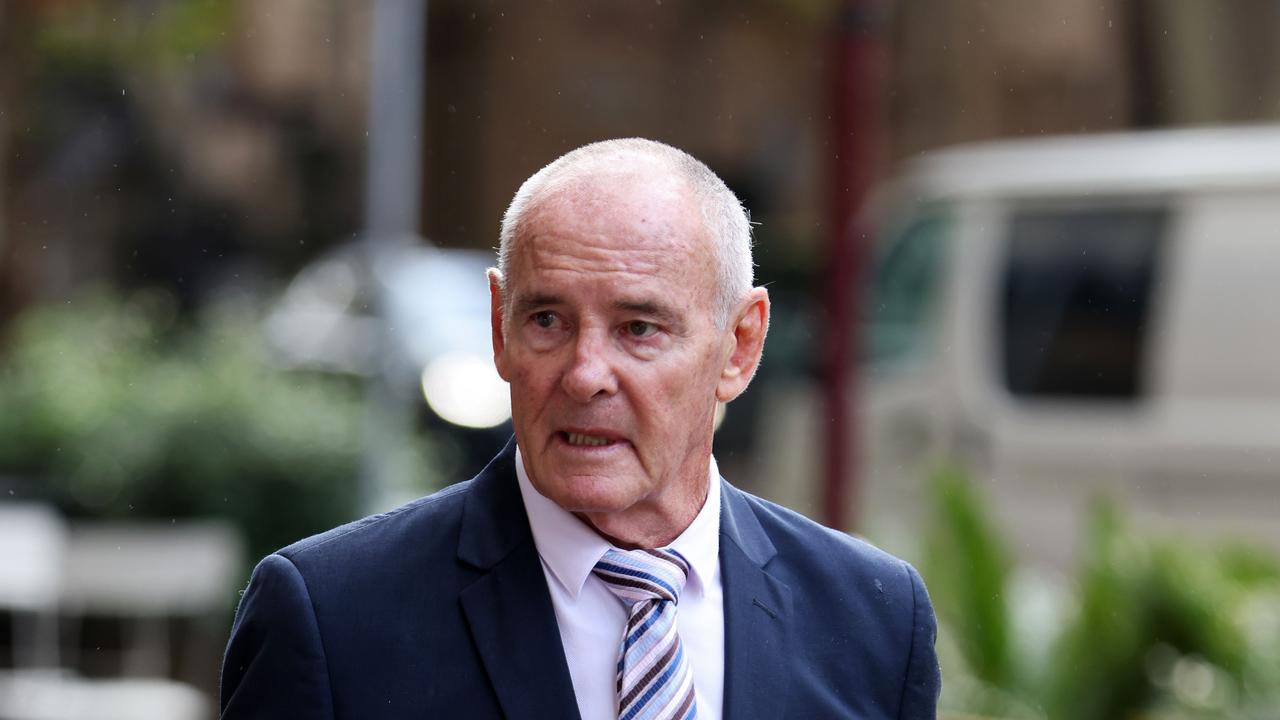
Former rugby league star and convicted wife killer Chris Dawson will appear in the state’s highest court on Monday in a bid to be freed from jail.
Dawson has been in jail since August 2022 when he was found guilty of murdering his wife Lynette, who vanished without a trace from their Bayview home on Sydney’s northern beaches in January 1982.
The former Newtown Jets rugby league player and school teacher was sentenced to 24 years in prison after Supreme Court judge Ian Harrison found him guilty of murdering his wife to be with a young student, known as JC.
Lynette Simms’ body has never been found and she has never contacted her friends or family, including her two children.
Mr Dawson has maintained his innocence and pleaded not guilty at trial.
Mr Dawson, now 75, has launched an appeal against his conviction, with his lawyers describing the verdict as “unreasonable” and “unable to be supported” by the evidence.
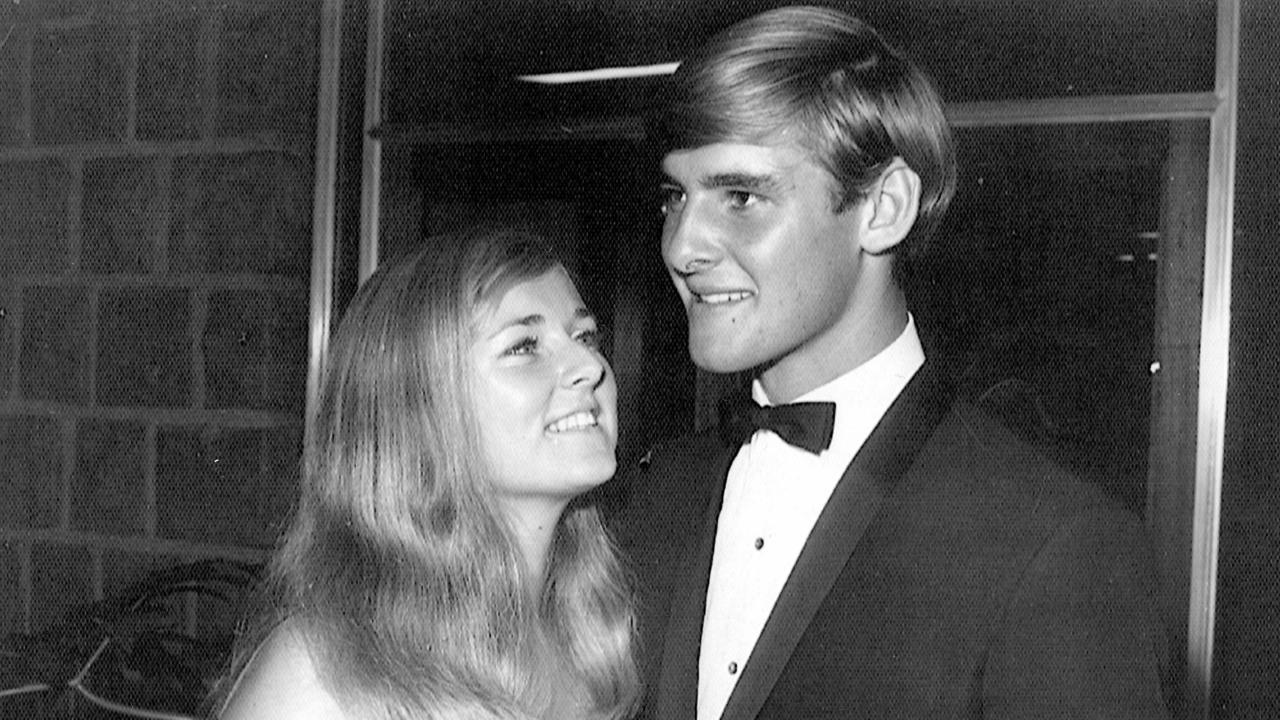
Ms Simms was last seen on Friday, January 8, 1982 and her last known contact came when she spoke to her mother Helena Simms on a phone call that evening.
During a 1991 police interview, which was played during his trial, Dawson told detectives that he dropped off his wife at a Mona Vale bus stop and she was supposed to meet him later that afternoon at the Northbridge Baths, where he worked as a part-time lifeguard.
However she never arrived.
Dawson told police that while at work he received an STD phone call (interstate call) from his wife saying that she needed time away and during subsequent phone conversations told him she would not return to their family home.
The case was scheduled to be briefly mentioned in court on Thursday before it was vacated, however it will still be the subject of a three-day hearing before the Court of Criminal Appeal starting at 10.15am on Monday morning.
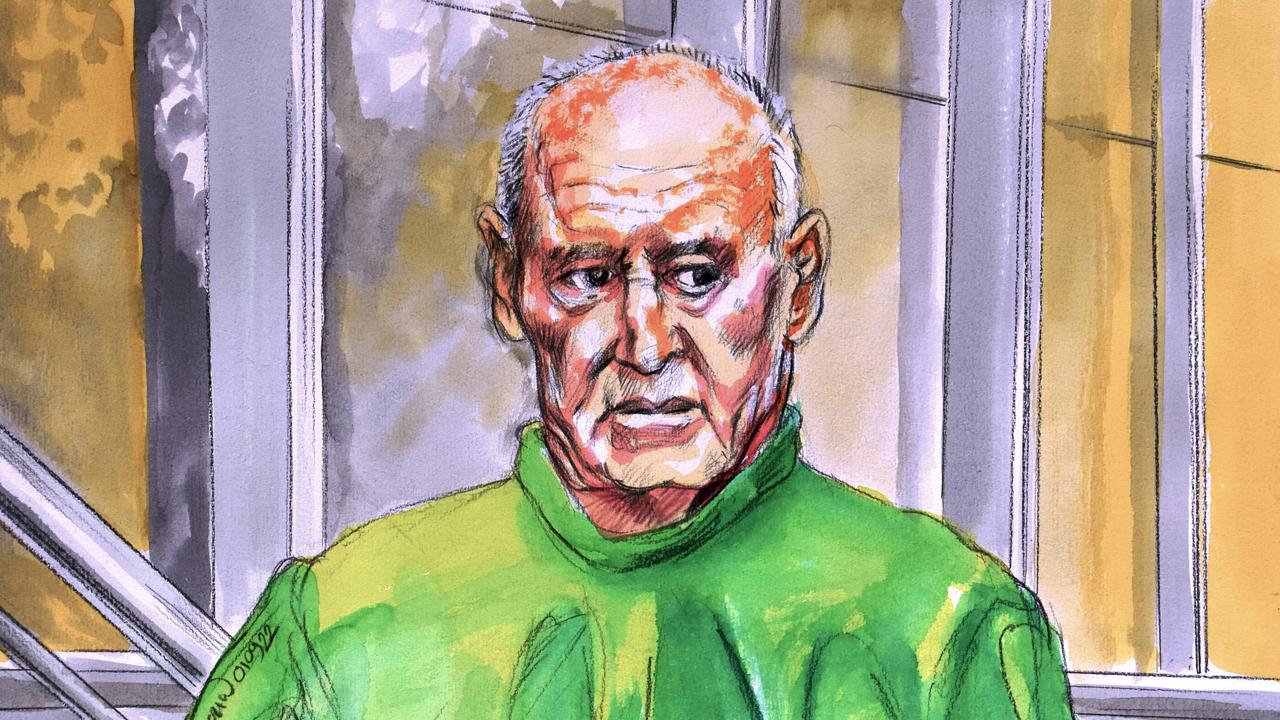
In a Ground of Appeal filed with the court, Dawson’s lawyers argue that he was subject to a “significant forensic disadvantage” because of the four decades between Lynette’s disappearance and the trial, meaning evidence had been lost and key witnesses were no longer available.
Several witnesses, including Phillip Day, had died in the nearly four decades between Ms Simms’ disappearance and the Dawson trial.
Mr Day was present at the Northbridge Baths on the afternoon Ms Simms did not arrive to meet her family.
Justice Harrison found that Dawson told several lies which evidenced his “consciousness of guilt”.
Justice Harrison, in his judgment, said that Dawson had lied about his relationship with JC about wanting to resume his relationship with his wife and about receiving phone calls from her after her disappearance.
Dawson’s lawyers argue that Justice Harrison erred in his finding that the ex-teacher’s alleged lies supported a finding of a “consciousness of guilt”.
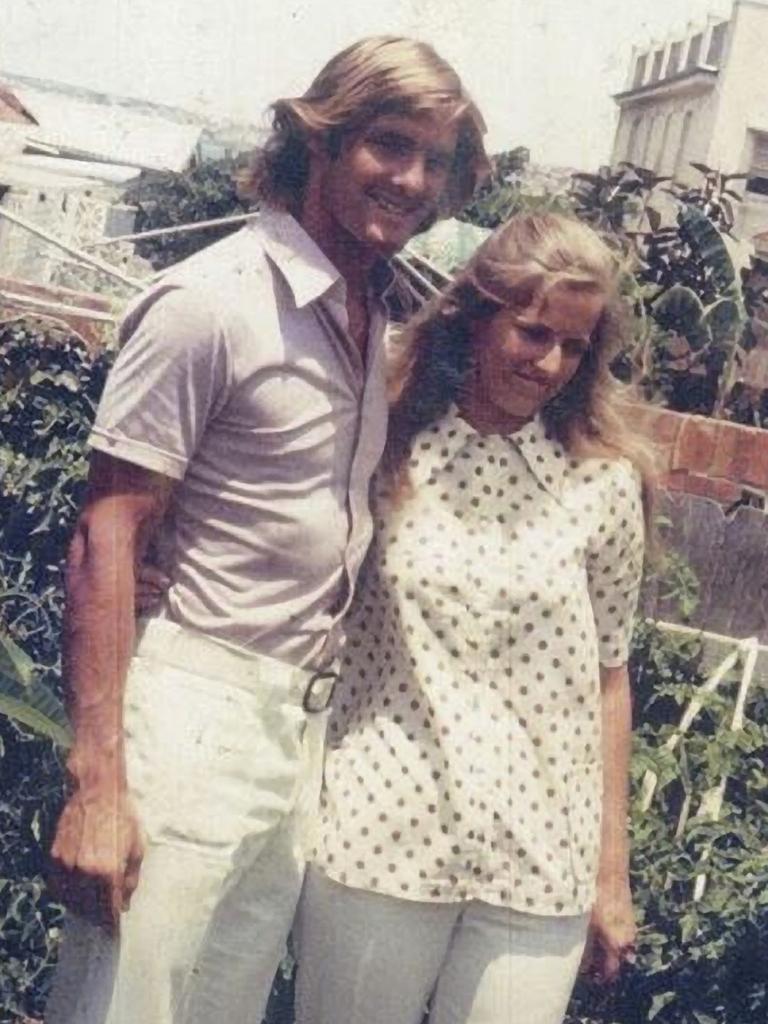
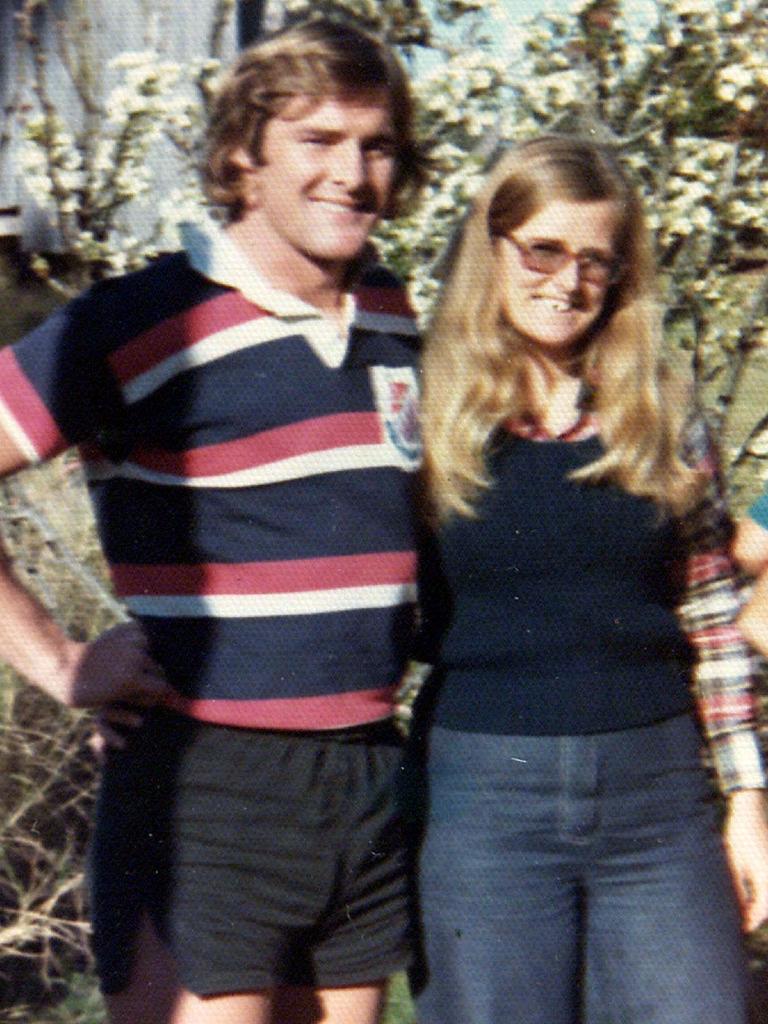
As well, they argue that the verdict was “unreasonable” and not supported by the evidence.
They say that there was “inadequate” evidence to prove that Ms Dawson was not alive after January 9, 1982.
During his judgment, Justice Harrison said the case against Dawson was circumstantial, however noted a guilty verdict was the only “rational inference” he could draw.
Justice Harrison found that Dawson had a “possessive infatuation” with the family’s babysitter, who moved into his Bayview home after Lynette disappeared.
Dawson was found to have killed his wife just weeks after he had unsuccessfully attempted to run off with the teenage babysitter to start a new life in Queensland.
Dawson was sentenced to 24 years in jail with an 18-year non-parole period.
Last year, Dawson was also convicted of one count of carnal knowledge after a judge found he engaged in sexual activities with one of his 16-year-old students at a Sydney high school in 1980.
He was sentenced by Judge Sarah Huggett to three years in jail and had one year added onto his non-parole period.




